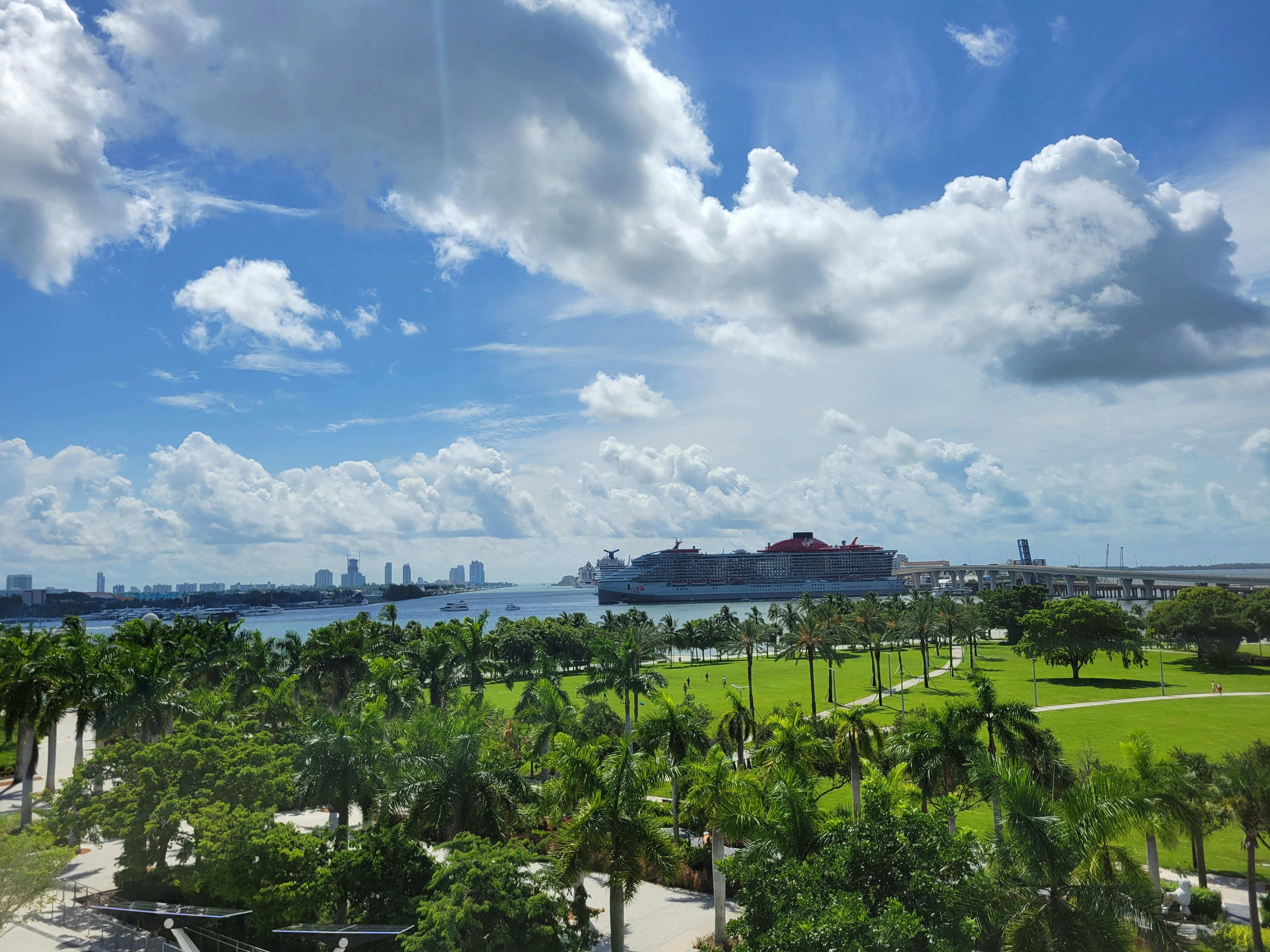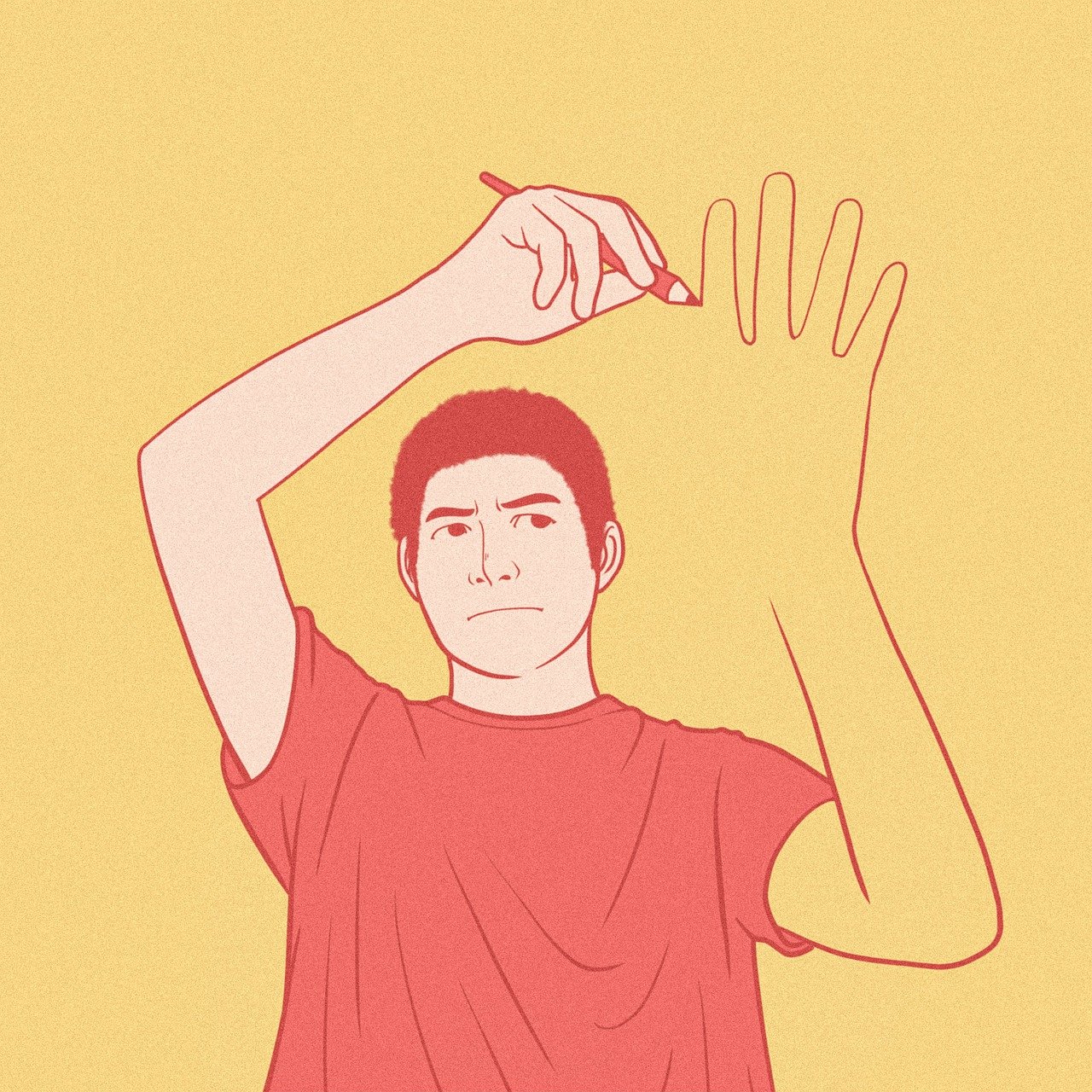Guest article from queer-voices.com
Photo from Unsplash
Miami has evolved beyond its party-centric character into a thriving wellness destination that blends sun, ocean, and self-care. With its year-round tropical climate, different culinary scene, and emphasis on active living, the megacity has become a mecca for trippers seeking to rejuvenate both body and mind. From oceanfront yoga workrooms to exchange fitness retreats, Miami’s health culture reflects its multilateral roots and commitment to holistic health. The city’s enthusiasm for conscious living attracts callers who want more than a holiday; they want a life-altering experience that reflects equilibrium and vitality.
Rejuvenate by the Water
Few places connect health with nature as painlessly as Miami. The beach is a playground and haven for renewal. Beach morning daylight yoga invites callers to rock to the gentle rhythm of the ocean, while stand-up paddleboarding and pulling down Biscayne Bay offer a serene way of creating the body. Luxury gyms on Collins Avenue mix marine rudiments such as sea salt scrubs and algae wraps with the Atlantic breaths to enhance the comforting effect. Beyond coddling, Miami’s submarine experiences cultivate awareness, inviting trippers to slow down, breathe deeply, and reconnect with the natural world around them.
Nourish the Body with Local Flavor
Miami’s culinary identity glasses its artistic diversity and health-conscious mindset. Farm-to-table restaurants, juice bars, and vegan cafés abound, offering vibrant menus that emphasize organic constituents and locally sourced yield. Wellness tourists can walk through Coconut Grove’s various farmer’s markets or dine at sustainable eateries in Wynwood, where chefs dish out cuisine as nutritional as it’s succulent. The city’s food scene is amenable to a clean-eating life without immolating the enjoyment: tropical fruit smoothie bowls, fresh seafood, and plant-based Latin cuisine are just a few examples. By focusing on nourishment rather than restriction, Miami’s dining culture turns every meal into a festivity of vitality.
Join a Transformative Tour Experience
Wellness in Miami extends beyond gyms and smoothie bars; it’s also about discovering the megacity’s dynamic spirit. Joining an immersive excursion can amp both mind and body while furnishing sapience into original life. You can see the best attractions in Miami by joining a guided bus route through Art Deco streets, a sunset boat excursion across Biscayne Bay, or even a day trip to Key West. All these are a combination of adventure and exercise, with sightseeing accompanied by conscious movement. Most tour companies now specialize in sustainable tourism, ensuring excursionists engage with the city’s character without damaging its fragile ecosystems. Such curated adventures encourage presence and joy, crucial factors of overall well-being.
Discover Miami’s Thriving Wellness Events
Throughout the year, Miami hosts a wide array of hearty carnivals and gatherings that bring like-minded communities together. From outdoor yoga marathons on South Beach to the Miami Health & Wellness Expo, these events show innovative fitness trends, holistic curatives, and expert-led shops. Seed Food and Wine Festival celebrates plant-based living every year, and Art Basel frequently includes awareness practices and sound baths alongside contemporary art. The tenures allow visitors to be tutored by wellness influencers, meet local interpreters, and be more knowledgeable about balanced living. All these common practices make Miami a living classroom for revitalization and self-enhancement.
Embrace Mindful Living in Everyday Moments
What distinguishes Miami as an excellent weekend destination of wellness is its creation of living in an aware way. People who live there and visit are drawn to daylight observances on the sand, outdoor exercise sessions, and contemplation circles that emphasize bonding and community. Even a routine walk down the lush pathways of the Miami Beach Botanical Garden or a reflective moment at South Pointe Park can be deeply invigorating. The city’s design, its open spaces, sun, and ocean propinquity, naturally inspires mindfulness and gratefulness. Incorporating these simple practices transforms a trip into a sustained life shift, where wellness becomes more than a trend; it becomes a way of being.
In conclusion, Miami’s wellness appeal lies in its harmony between energy and tranquility. Whether treating oneself to gym rituals, savoring clean cookery, or taking aware tenures, all this resonates in the meter of renewal. The megacity invites trippers to rediscover balance through movement, alignment, and concurrence with nature. As tourists from around the world seek out destinations that heal body and soul, Miami is a shining lamp of wholeness, a megacity where sun and peace meet, and well-being as natural as the drift of the ocean.






